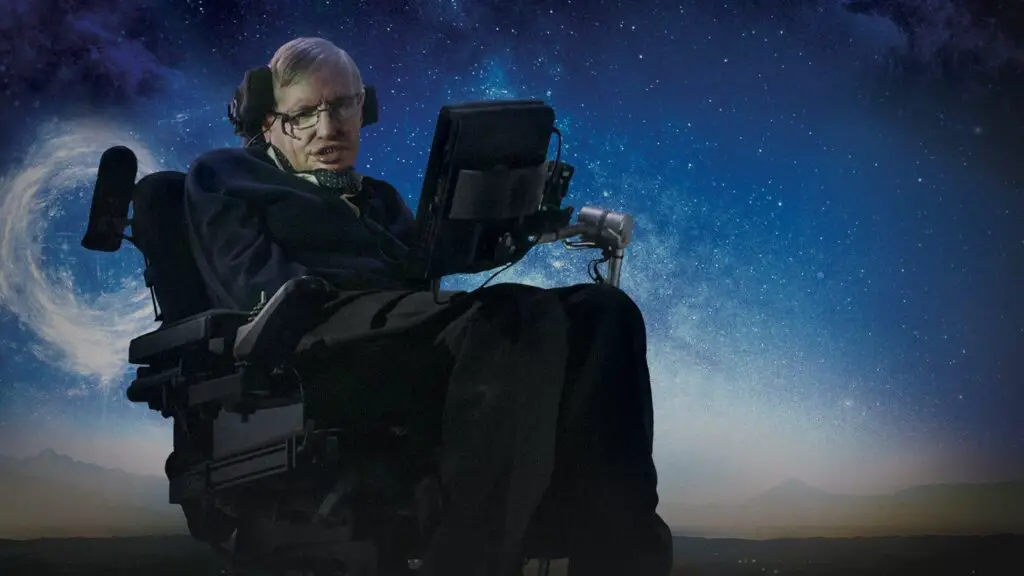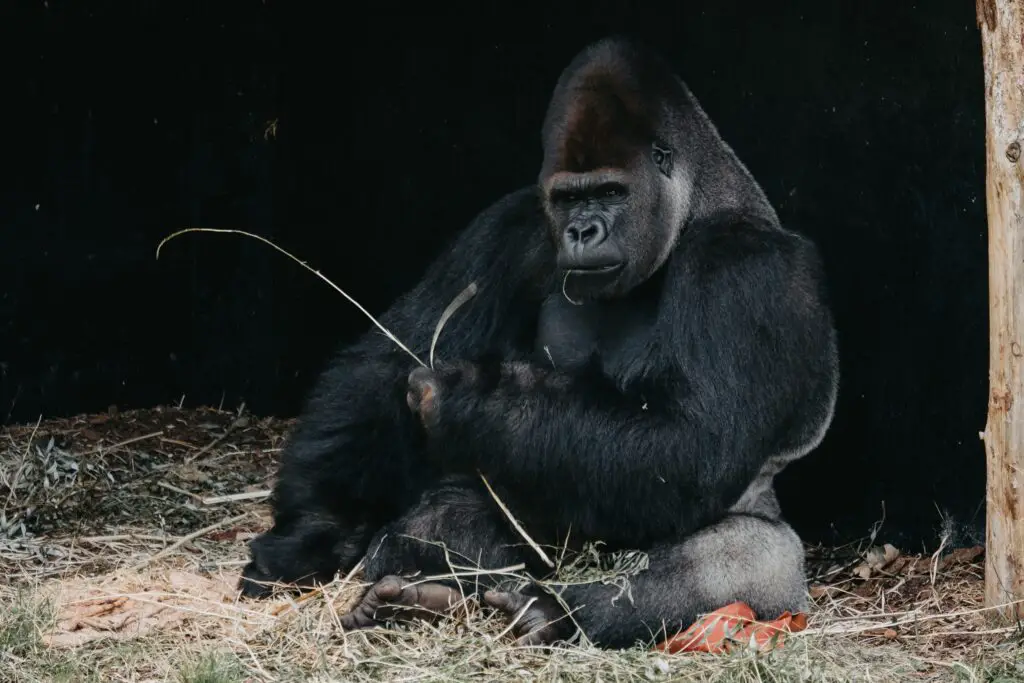The skies bewilder humankind so mysteriously that they became the first source of inspiration for art, creativity, philosophy, and religion and the beginning of scientific thoughts and application. Stephen Hawking, who passed away in 2018, was a celebrated and famous physicist of modern science especially recognized for one of the most outstanding contemporary books on cosmology and metaphysics, “A Brief History of Time.”
In 1988, when the book “a brief history of time: from the big bang to black holes” was first published, it was the best-selling book that sold 10 million copies within a matter of days. It enthralled the minds of not only scientists but the general mass as well. The author of this book, and the book itself, was an enigma of the end of the last century. The book intends to explain the complex and dense theories, discoveries, and observations of the cosmos that would somehow be indecipherable to the mass otherwise. A short, concise explanation of theories for how the universe is assumed to have its beginning to the intricate details of space, time, the stars, the black holes and galaxies, the expansion of space-time and how the universe may eventually perish.
The author was a celebrated and legendary physicist and cosmologist, not only because of his intellectual contributions to the scientific field but also because of his physical constraints. At 21, this British scientist was diagnosed with a tragic disease called Amyotrophic Lateral Sclerosis, which gradually decayed his body muscles. But, regardless of his difficulties tackling such conditions, he went on to finish his Ph.D., and this famous book was written and published while in a wheelchair. He only communicated using machines attached to his wheelchair. From this book, we realize that although his motor neurons failed him, his scholarly passion for deciphering the mystery of the evolution of the cosmos made him one of the most accomplished and famous scientists of modern times. He had been inspired and believed he walked in the exact steps of Galileo, Newton and Einstein. Indeed he mentioned that he was born on the same date as Galileo and held the same position as Lucasian Professor of mathematics at the University of Cambridge as Newton did during his time. He later became the research director at the Centre for Theoretical Cosmology at the University of Cambridge.
In this book, Dr. Hawking explains the timeline of the universe and perhaps the timeline of time itself and keeps the readers interested as they are reminded of ancient theories of the Greek philosophers, renaissance scientists like Newton and Galileo, to modern scientific contributions of Einstein, Hubble, Chandrashekhar and Abdus Salam. He uses concepts, findings, observation, and his accepted theories of maths, quantum physics, relativity theory, and astronomy to the evolution of the universe.
However, his focus on trying to explain the evolution of the universe is a timeless attempt of scientists and philosophers trying to explain how we came about to be and what the beginning of our own world and space had. He engaged the audience by trying to relate that cosmology is not just for scientists to use as technical jargon when they discuss scientific models but that every one of us is affected by the understanding of our own existence and how our “end” may look scientifically. He goes from the birth of the universe, the big bang theory (the idea of which he denied in his next book), then explaining the black holes, the general theory of relativity, possibilities of time travel, string theory, the Big Crunch, and then introducing his theory of Hawking radiation. Thus, this nonfiction book brings through the timeline of our universe and how his interpretations of the cosmos illustrate for the minds of non-specialists the images that vividly allow readers to understand the history of our universe.
Summary Of Contents
From the very first sentence, the readers get the glimpse that, coming from a very rigorous and theoretically technical background, Hawking planned to write this book thinking of how to grasp the interest and attention of the general mass through the tortoise example. In the first chapter, he mentions the progression of the study of the universe and cosmological science through the contributions of famous scientists such as Aristotle, Ptolemy, Copernicus, Kepler, Galileo, Newton, and Hubble. Hawking explains how the discoveries and observations of the cosmos formed our understanding of the universe, from the earth’s flat plane to earth’s spherical shape, to understanding similar planetary objects around the earth to the knowledge of our own star, the Sun and the planets orbiting around the orbiting star Sun. These were much contested and preposterous ideas of their own time. The more recent discovery of Edwin Hubble indicates that the objects in space are moving apart from each other, and hence universe is expanding. Furthermore, he elucidates his intentions of publishing a generally understandable book so that inferences and interpretations could be made, unifying science to other fields and perhaps reflecting his doubts about the notion of a God.
In the ensuing chapters, Hawking relays the theories, observations, discoveries and findings of the universe’s stars, starting from the nearest star, the Sun. How stars are formed, the different states of stars and how a star of a sufficient mass might collapse onto itself or “die” to form the rare spectacle of a black hole. Further, he explains how Einstein’s general theory of relativity proves that time is relative and varies rather than the preconceived nature of the absoluteness of time. Studying the speed of light, scientists discovered that time is not an absolute phenomenon and has relativity and direction as it moves forward. Time is considered a thermodynamic phenomenon that moves forward psychologically and cosmologically. Hawking includes the model of the universe’s singularity as in how the universe began as a complete dense form of all energies, space, time, mass and particles in the universe. After the impact of the big bang, the universe cooled and expanded, looking like an infinitely expanding field of galaxies.

He believes that the theory of singularity could be assumed to explain the universe and the formation of black holes. However, he does claim that this theory might not fully explain the moments before the big bang and the occurring inside the black holes. He then delves to conjoin and confirm a “quantum theory of gravity” where particle physics and quantum physics define what occurs in the cosmological events and scale. Subsequently, he proposes “string” theory that assumes the particles are not in the form of a single point but are in the form of a string that he later links to form the link of quantum mechanics and the general theory of relativity to explain how particles can condense and disperse using their own energy. He believes this could build up a model for the ultimate “Theory of Everything.”
Using quantum mechanics to study black holes, the author makes an important discovery about the radiations from the black hole. Black holes are invisible black objects of the cosmos while observed through telescopes. Hawking claims that when observed on the quantum scale, he named Hawking radiation as not so black and radiations emitted from black holes. He believes black holes are stars that are so dense that it characterizes the phenomenon of cosmic singularity. In some places, he seems to indicate that perhaps there are more universes than our own universe, that maybe this universe is on its own inside a black hole! The discovery of other dimensions could reveal much more about our universe. Through Edwin Hubble’s discoveries and the Doppler Shift, Hawking reminds the readers that the universe is expanding. Hence, once at a point in time, our universe, according to him, must have contracted to such a degree that caused the big bang.
Critique
The writer endeavors to challenge the religious beliefs of the masses regarding the existence of a Divine Creator and attribute it to the lack of understanding of science. He believed that the universe existed, containing everything present in the universe before the big bang and the presence of a divine creator. He believes that all cosmological events are due to reactions of everything colliding with each other with specific energy contained by the nuclear particles. Thus, as everything happened out of nothing and everything will compress and conform into nothing, in his book, he refutes the existence of God even before the event of the big bang theory. Cosmological theories and acceptance of the Darwinian theory do not necessarily negate God. Any observant believer of the Abrahamic religion may even strengthen the belief in God.
The writer remains unable to satisfy the readers in his argument that everything came out of nothing (creation Ex Nihilo) with scientific proof. The very argument that matter or energy, even time, had no beginning rejects the basic assumption of science that every event in the universe is a reaction to an earlier action. The author confronts the religious masses with his theoretical interpretation of a universe with an infinite loop of expansion and contraction, thus endeavoring to explain the cosmos as a play of chance and probability but leaving a big void in establishing any facts in this regard.

The author confesses in the book that most cosmological models are theoretical and not absolute truths. He claims to be open-minded in explaining the cosmos using theories, but he treats these theories as facts, as he is a stern believer in Darwinian theory. Even if we accept all his logic, there is not sufficient “scientific theory or model” to account for the time before the Big Bang. He treats the audience as young adults or adults who forget to ask questions about how and what forms the universe and eventually us. This is an advantage as it makes his book readable to people of all educational backgrounds; however, he tries to diverge the audience’s values and beliefs. And just as a child is taught to understand all that goes up must come down, he tries stubbornly to make the audience believe in his theories and not be open-minded to the fact that theories can be disproved. He attempts to answer where did the universe come from, how and why did it begin, and what is the end of the universe; however, as theories are based on assumptions and calculations are affected by other variables and constants, one should consider that this book neither confirms the existence of God or the absence of Him. The book is scientific in nature, not religious.
Looking up to the stars might be considered a habit of humans which have been passed down to us, forming our knowledge and understanding based on what and how far we observe. In the mundane sense, Hawking says that with age, not many people think about the mysteries of space unless those who would like to think of it out of professional interest or have academic benefits from the study. However, for those who believe in the special creation theory, from the beginning of the creation of human beings, God has Himself advised humankind to be grateful to him and to understand the beauty of His creation. This book should be strictly studied in the scientific realm to understand the intricacies of the scientific universe, not the spiritual.










